Understanding Memory Card Speed Classes: Choose the Right Card to Boost Your Workflow
Memory cards are crucial components in our digital devices, from cameras and smartphones to gaming consoles and drones. These small, portable storage devices might seem simple, but understanding their speed classes is essential for anyone who wants to get the most out of their technology.
Whether you’re a photographer capturing fast action shots, a videographer recording in 4K, or a gamer seeking seamless gameplay, choosing the right memory card can significantly impact your device's performance.
Speed classes determine how quickly data can be written to or read from the card, affecting everything from photo and video quality to your camera’s responsiveness. In this article, we’ll explain memory card speed classes and guide you in choosing the right card for your needs.
What Are Memory Card Speed Classes?
Memory card speed classes are standardized ratings that indicate the minimum sustained write speed of a memory card, measured in megabytes per second (MB/s). These ratings represent the slowest speed at which the card can consistently write data, which is crucial for tasks that require continuous data streaming, such as video recording. Speed classes help users determine which cards suit their specific needs.
1. Speed Classes (Class 2, 4, 6, 10)

These speed classes belong to the older SD card standard. They are represented by a “C” with a number inside (e.g., C10 for Class 10). The number correlates to the minimum write speed. For example, a Class 10 card guarantees a minimum write speed of 10 MB/s.
- Class 2 (C2): Minimum write speed of 2 MB/s. Suitable for basic tasks and simple photography with older cameras.
- Class 4 (C4): Minimum write speed of 4 MB/s. Ideal for low-frame-rate standard definition video recording.
- Class 6 (C6): Minimum write speed of 6 MB/s. Suitable for higher frame-rate standard definition video or low bitrate Full HD recording.
- Class 10 (C10): Minimum write speed of 10 MB/s. Ideal for all SD video tasks and high-resolution photography.
2. UHS Classes (U1 and U3)

Ultra High Speed (UHS) classes are part of a newer standard that supports higher performance levels. These are marked with a “U” and a number inside (e.g., U1 or U3). The number in UHS speed classes doesn't directly represent the speed in MB/s but must be multiplied by 10 to determine the minimum write speed.
- UHS Speed Class 1 (U1): Minimum write speed of 10 MB/s. Designed for basic Full HD video recording and high-resolution photography.
- UHS Speed Class 3 (U3): Minimum write speed of 30 MB/s. Suitable for basic 4K video recording and continuous burst shooting with most cameras.
3. Video Speed Classes (V10, V30, V60, V90)

Video speed classes were introduced to meet the demands of modern high-resolution video recording. They ensure the card can sustain the required write speed for smooth video capture at various resolutions and frame rates.
- V10: Minimum sustained write speed of 10 MB/s. Suitable for basic Full HD video recording.
- V30: Minimum sustained write speed of 30 MB/s. Ideal for high frame rate Full HD video and basic 4K recording.
- V60: Minimum sustained write speed of 60 MB/s. Best for bursting RAW photos with top-grade cameras and professional 4K video recording.
- V90: Minimum sustained write speed of 90 MB/s. Suitable for cinema-quality 6K video recording and other high-bitrate video tasks.
Why Do Memory Card Speed Classes Matter?
Speed classes were created to simplify the process of choosing a memory card by providing clear, standardized performance benchmarks. This allows users to quickly identify the right card for their needs without having to decode complex technical specifications.
How to Choose the Right Memory Card?
- Understand Your Device Requirements: Start by checking your device’s requirements. Each device, whether a camera, smartphone, or gaming console, has specific memory card requirements to ensure optimal performance. Refer to your device's manual or specifications to determine the recommended speed class and capacity. This will help you avoid compatibility issues and ensure your memory card performs as needed.
- Consider Your Workflow Needs: Think about your workflow requirements. If you need faster speeds, opt for higher-rated cards. Higher-speed cards offer versatility and are a smart investment if you plan to upgrade your camera or devices in the future. Investing in a higher-speed card ensures that it will meet the demands of future technology.
- Photography Needs: For photographers, selecting the right card is crucial when dealing with high-resolution images or burst mode shooting. If you are capturing high-resolution photos, the card’s write speed should be fast enough to keep up with the camera's output. If you’re shooting in burst mode, a U3 or V30 card is recommended. Professional photographers shooting in RAW will benefit from faster V60-rated cards.
- Videography Needs: Videographers require even more from memory cards, especially as video quality increases. A V30 card is typically enough for Full HD or basic 4K video recording. However, for professional-grade 4K or higher video recording, consider V90-rated memory cards. These high-speed cards ensure smooth, uninterrupted video recording, preserving the quality and integrity of your footage.
- Smartphone and Gaming Use: For smartphones and gaming devices, faster memory cards improve app loading times, data transfer speeds, and overall responsiveness. Even when a Class 10 or U1 card meets the manufacturer’s requirements, a V60-rated microSD card can offer better performance, especially when running high-demand apps or capturing high-res videos. Similarly, gaming devices benefit from high-speed cards that enhance saving and loading times for a smoother experience.
Conclusion
Now that you understand memory card speed classes, you can confidently choose the right card for your device, whether you're capturing photos, recording videos, or gaming. By selecting the appropriate memory card, you can ensure optimal performance and smooth operation, capturing every moment and enjoying flawless playback.
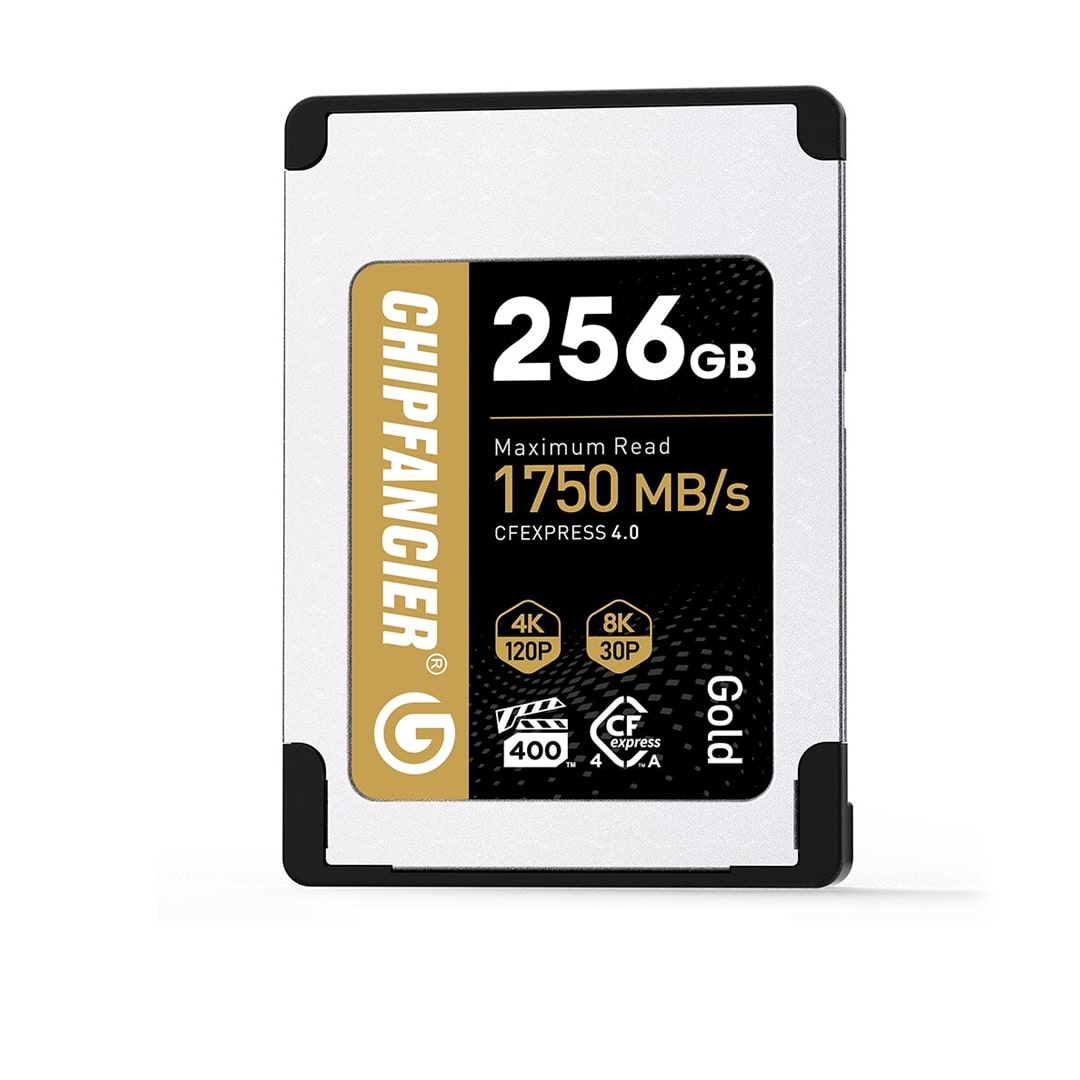
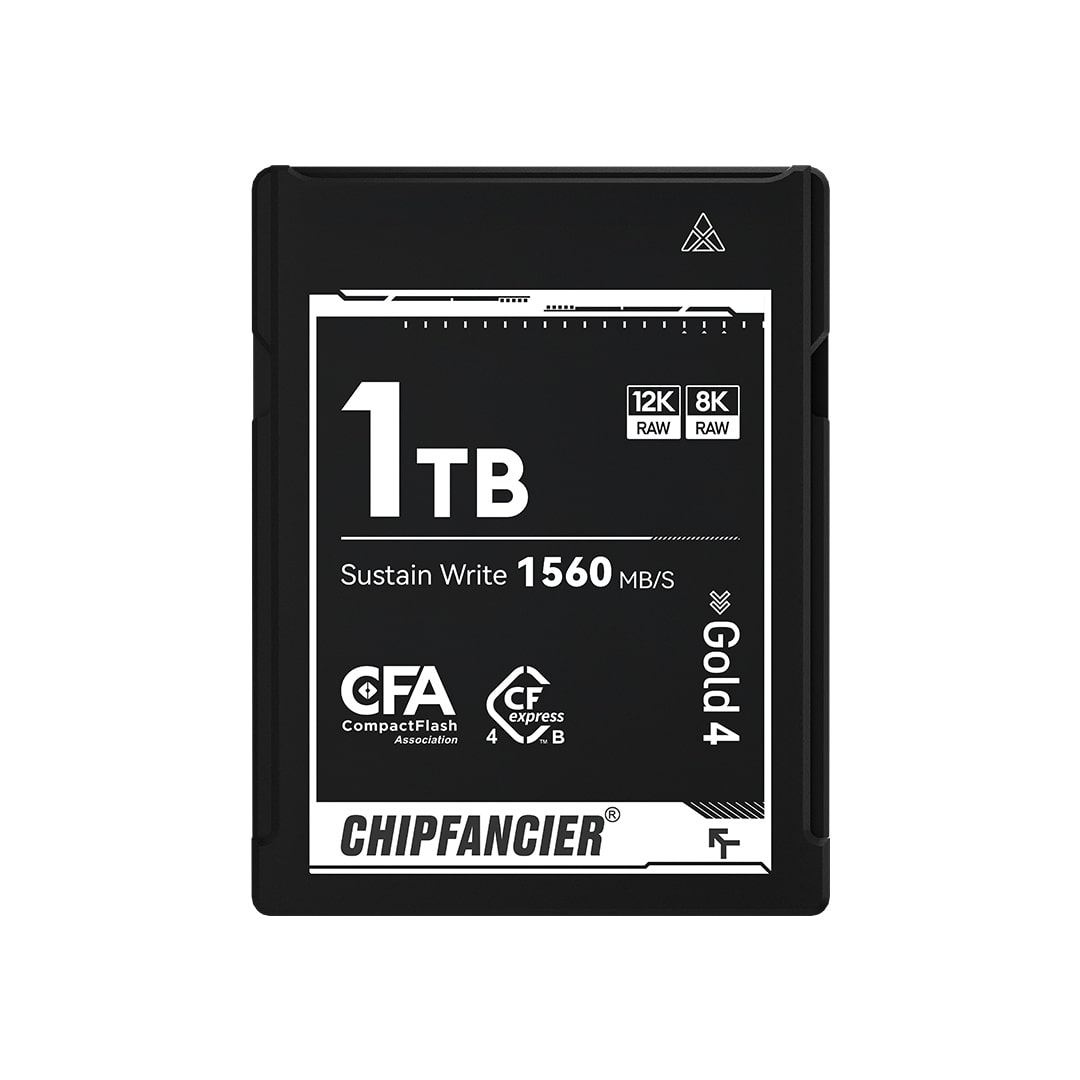
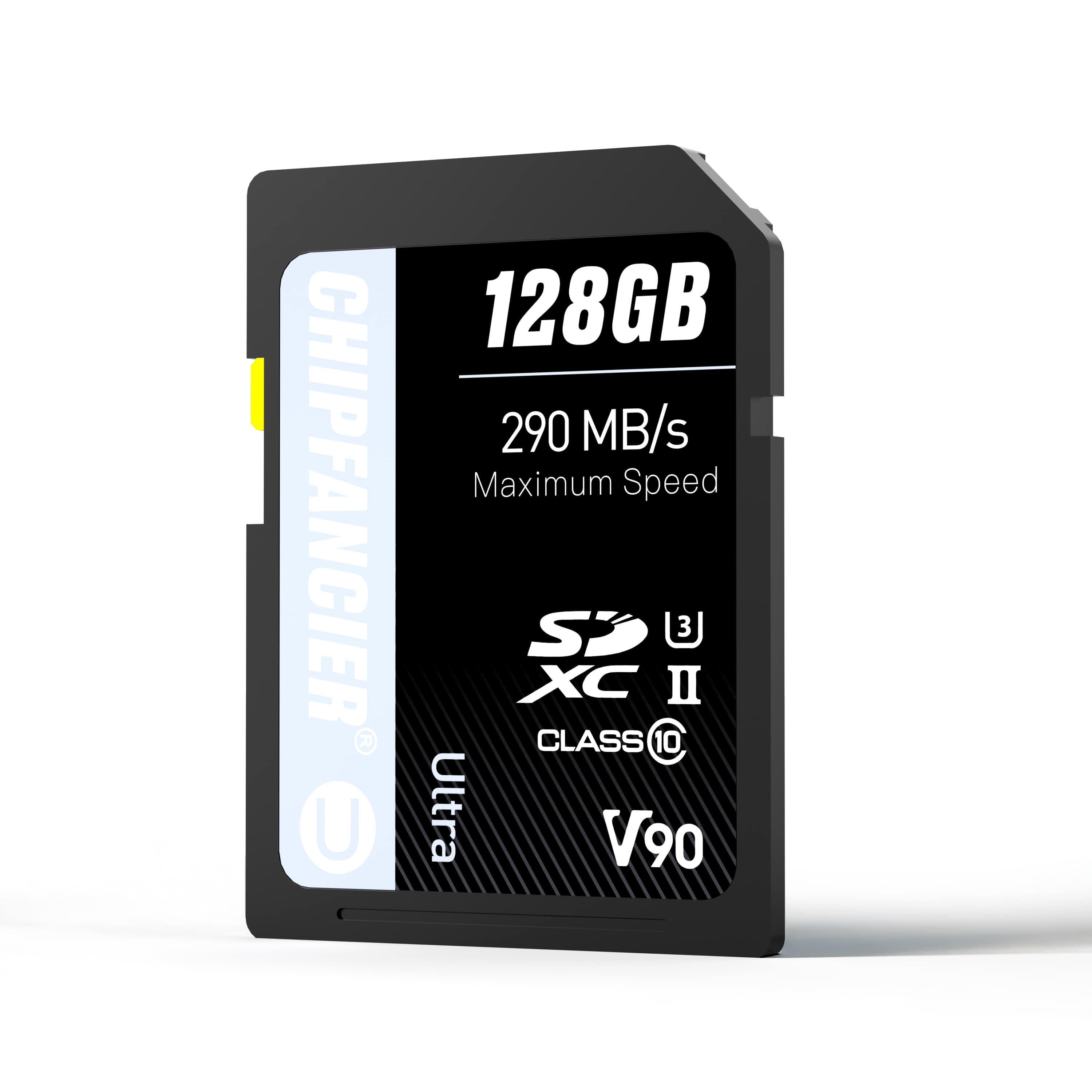
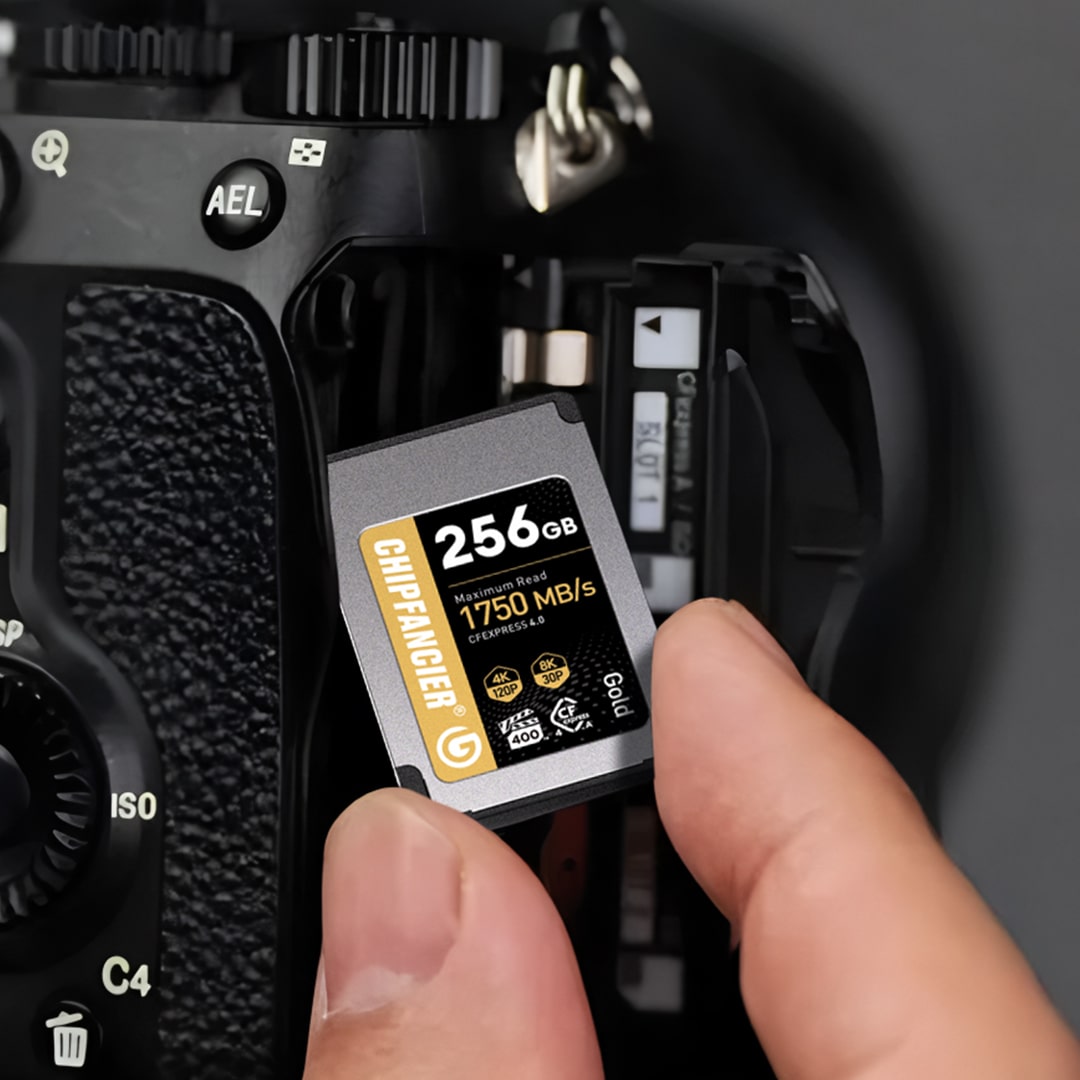
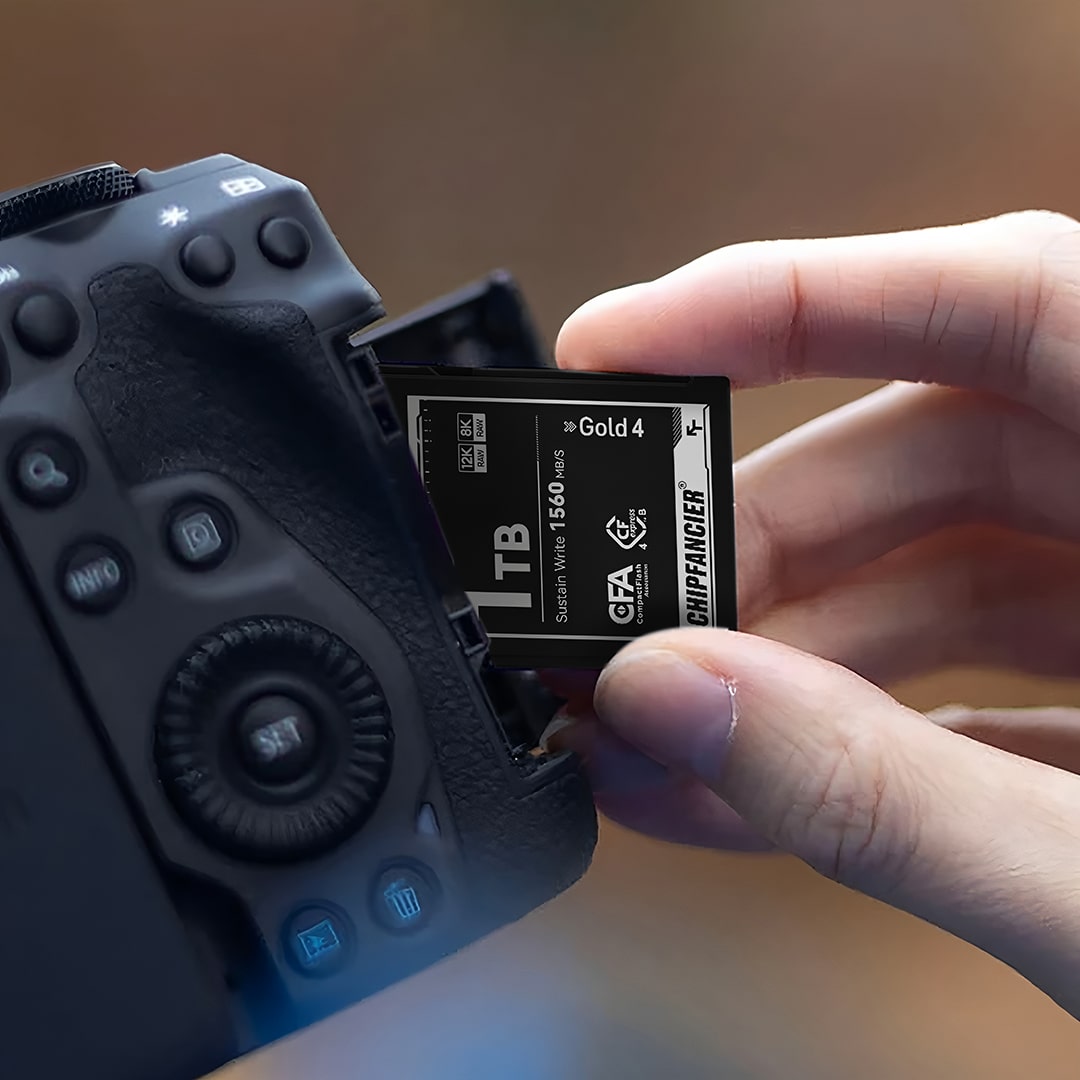
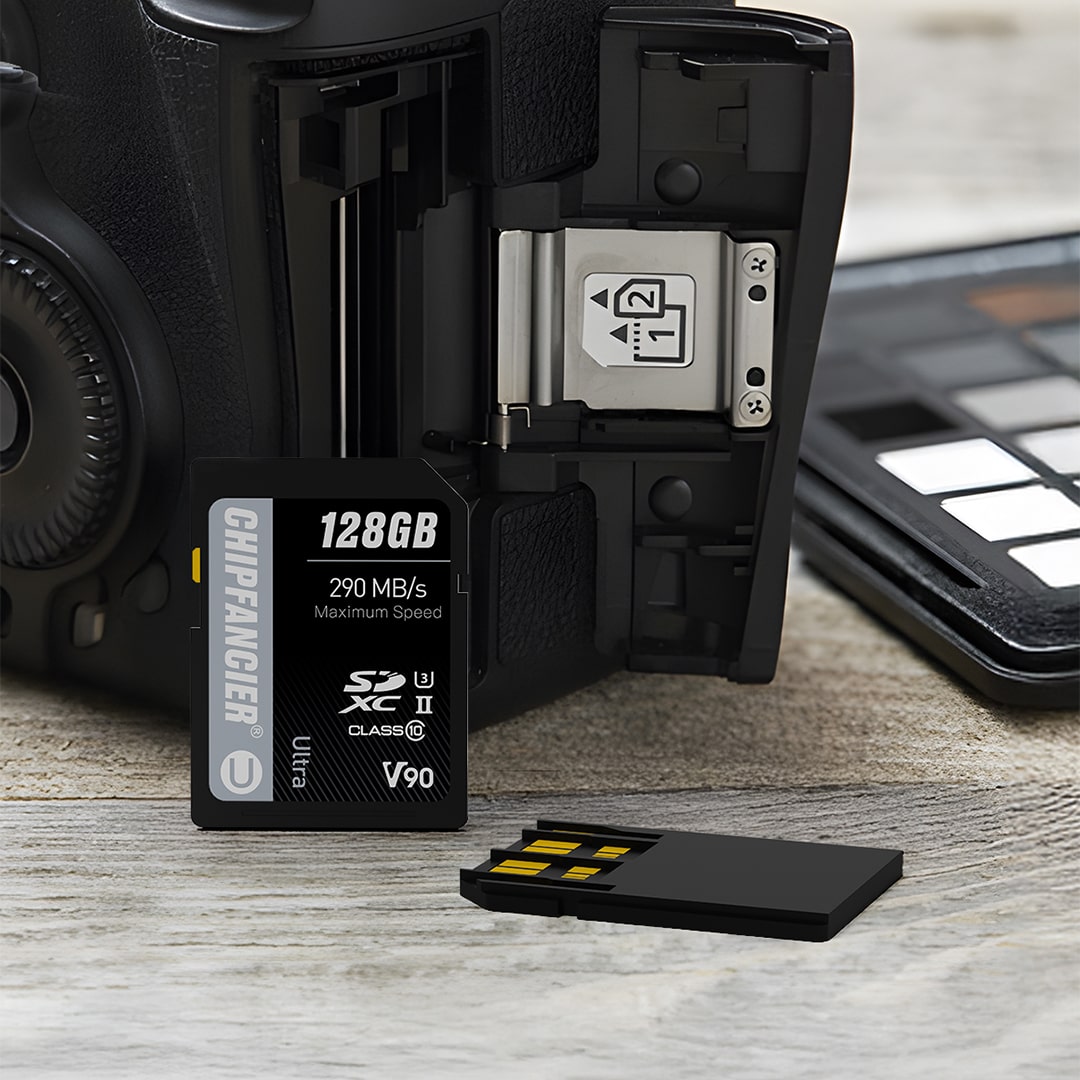

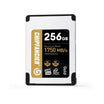
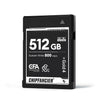
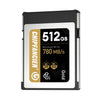
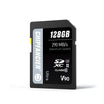
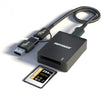
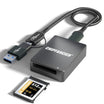
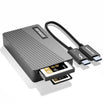
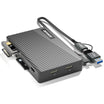
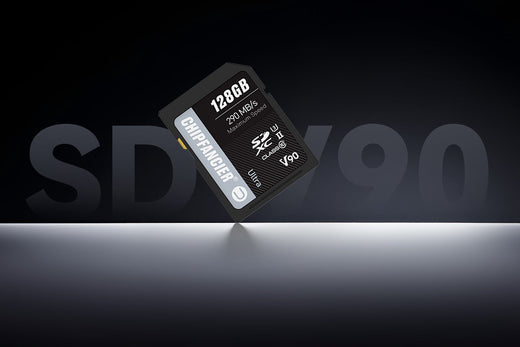
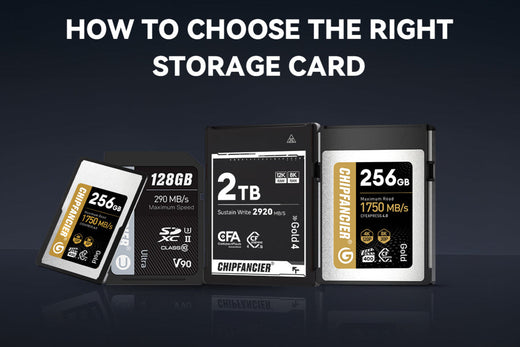
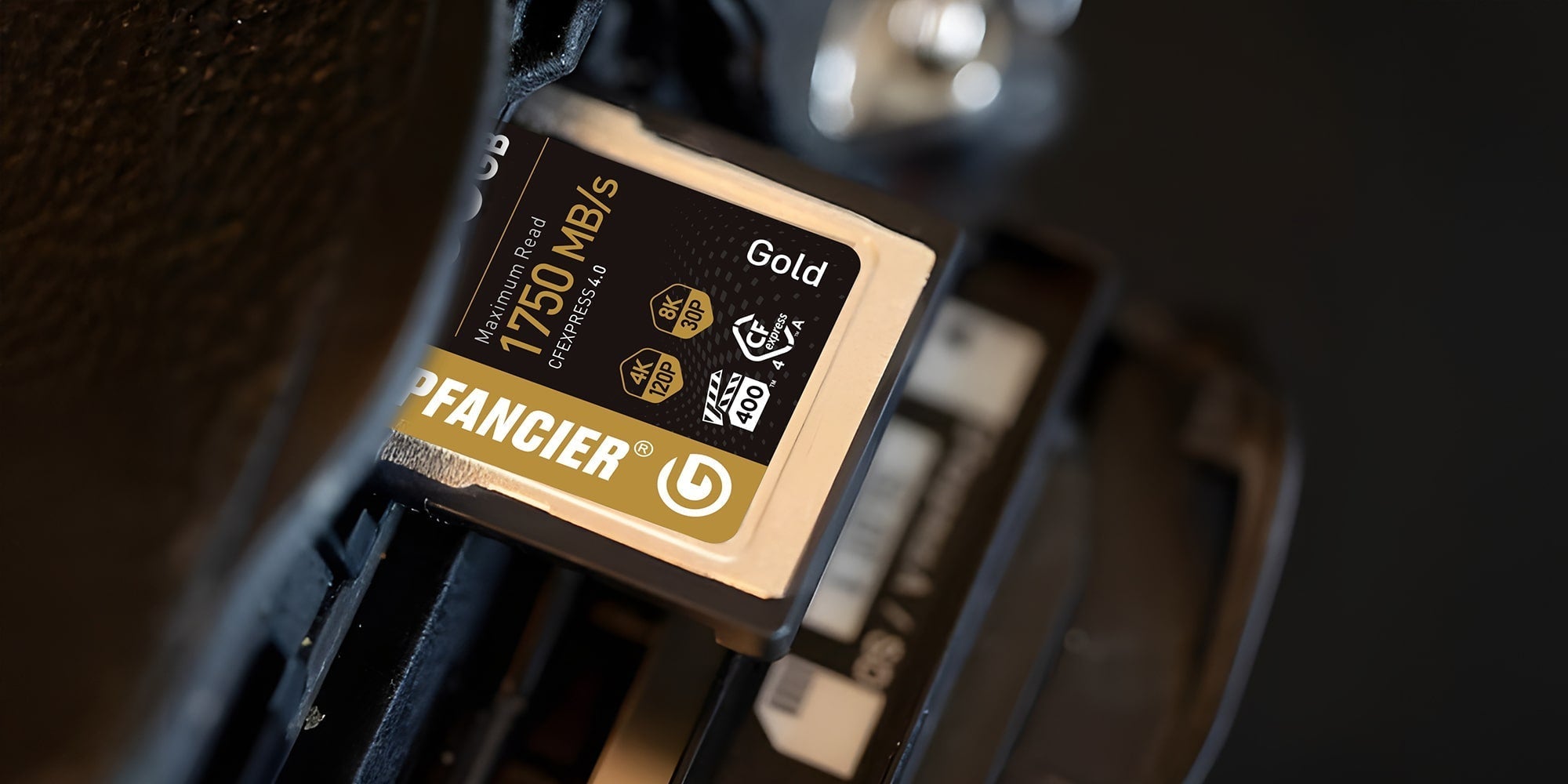
Leave a comment
This site is protected by hCaptcha and the hCaptcha Privacy Policy and Terms of Service apply.